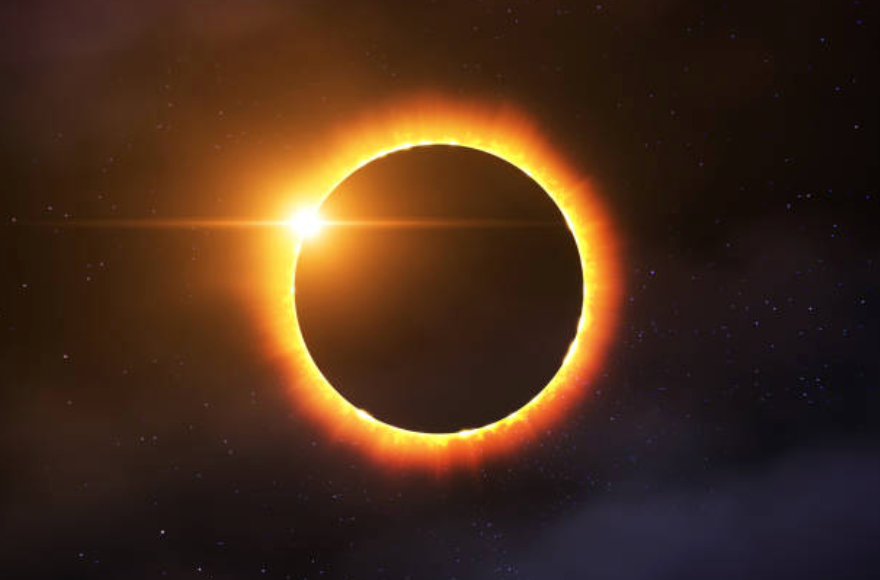There's a partial solar eclipse happening Saturday, but it's only visible in one part of the world

Certain parts of the world south of the equator will be able to witness a partial solar eclipse on Saturday.
The partial eclipse will be visible in parts of southern South America, Antarctica and the Pacific and Southern oceans just before and during sunset, according to NASA.
The eclipse will not be visible from anywhere in the U.S.
A total solar eclipse happens when the moon moves between the sun and Earth, casting a shadow on our planet and fully or partially blocking the sun’s light in some areas. During a partial eclipse, the moon and sun are not perfectly aligned, so the moon does not completely cover the sun as seen from Earth, so the sun appears as takes a crescent shape in the sky.
The weekend's partial solar eclipse will first be visible at 2:45 p.m. EDT and peak at 4:42 p.m. EDT.
Countries where eclipse will be visible in South America
- Chile
- Argentina
- Most of Uruguay
- Western Paraguay
- Southwestern Bolivia
- Southeastern Peru
- A small area of southwestern Brazil
Is your love life written in the stars? These zodiac signs get the most dates, have the most sex.
Fact check: Solar eclipse image is digital art, not from International Space Station
Other places the partial eclipse will be visible
- Northwestern coastline of Antarctica
- Atlantic Ocean, off the southeastern coast of South America
- Falkland Islands
- South Pacific Ocean
- Southern Ocean
How to safely watch an eclipse
Never look at the sun without a protective layer over your eyes. Sunglasses do not count, and you would need to use a special type of glasses designed to look at the eclipse.
If you do not have the glasses, you can create a pinhole projector to safely look at the eclipse.